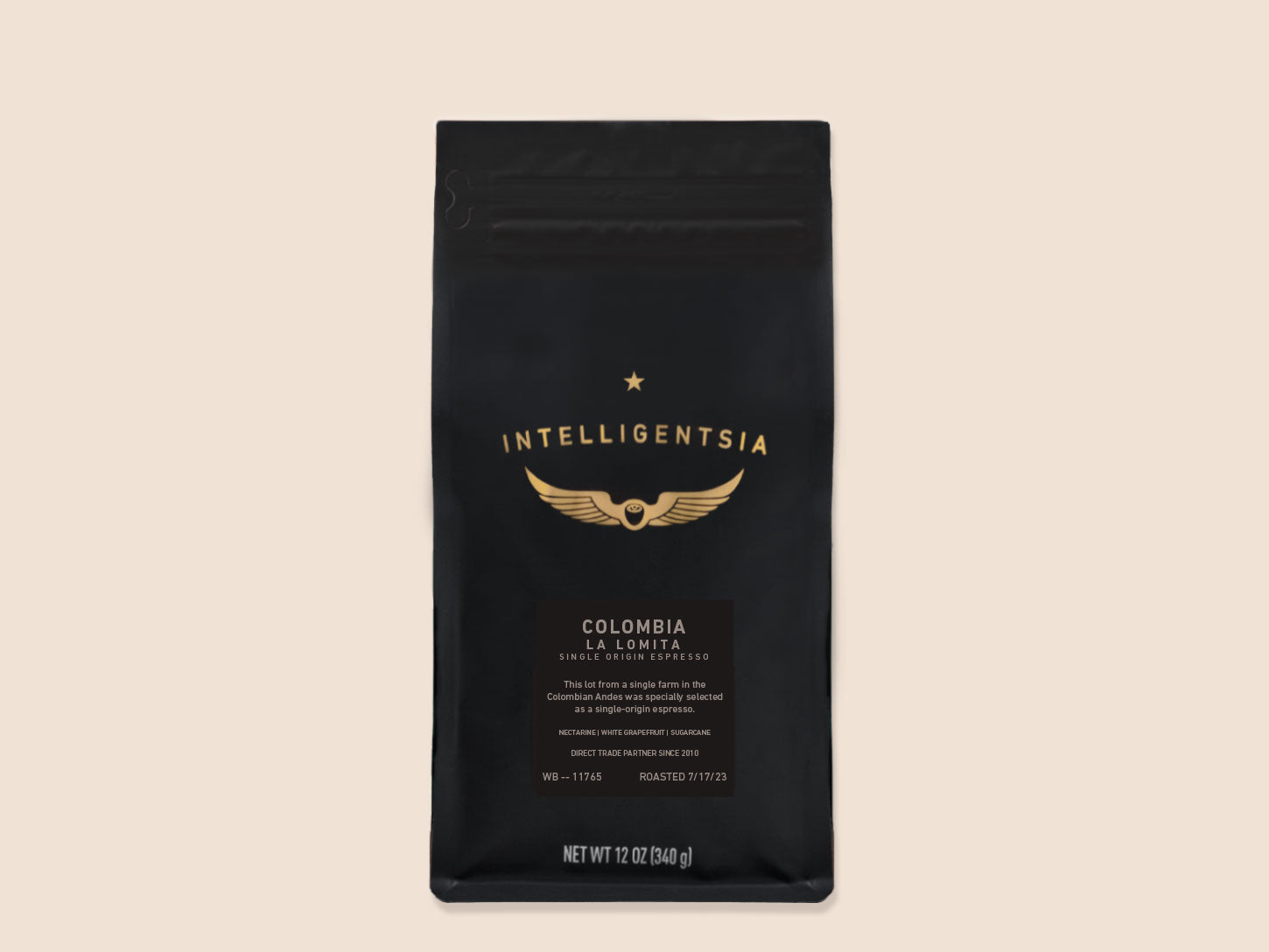Coffee Beans 101: Every Little Thing You Need to Find Out About Coffee and Blended Coffee Beans
When it comes to coffee, understanding the nuances of coffee and combined beans can change your day-to-day cup. From the growing process to toasting strategies, every action plays a duty in your coffee experience.
Comprehending Coffee Beans: Kinds and Selections
When diving into the world of coffee, recognizing the types and selections of coffee beans is essential for every enthusiast. Arabica beans are recognized for their smooth, complex tastes and reduced caffeine content, making them a preferred amongst coffee aficionados.
Within these species, you'll find numerous regional varieties, each bringing unique features. Ethiopian Yirgacheffe uses brilliant flower notes, while Colombian beans supply a well-balanced taste profile. As you check out, remember to focus on handling approaches like cleaned or natural, as they can substantially affect the last preference. By acquainting yourself with these beans and their flavors, you'll boost your coffee experience and make more enlightened options in your brewing journey.
The Expanding Refine: From Seed to Bean
When you explore the journey of coffee, everything beginnings with seed choice methods that establish the structure for high quality. From there, growing and harvesting play vital functions in ensuring the beans flourish. Ultimately, handling techniques transform those gathered cherries into the coffee beans you enjoy.
Seed Selection Methods
Choosing the right seeds is necessary for producing premium coffee beans, as it lays the structure for the entire expanding procedure. You must start by selecting seeds from credible sources that prioritize high quality and hereditary variety. Search for selections recognized to grow in your certain environment and dirt conditions. Focus on the seed's age and storage problems, as fresh seeds often tend to germinate far better. When possible, opt for natural seeds to minimize exposure to dangerous chemicals. Consider the disease resistance of different ranges, as this can substantially influence your yield. Don't wait to consult with local farmers or professionals to obtain understandings right into the finest seed alternatives for your area. This understanding will boost your coffee-growing experience.
Growing and Harvesting
As you nurture your coffee seeds into growing plants, comprehending the growing and harvesting procedure is essential for attaining the best flavor and top quality. Start by growing your seeds in well-draining dirt, preferably in a shaded location to safeguard them from direct sunshine.
Hand-picking is usually the finest technique to guarantee only the ripest cherries are picked. Timing is essential; gathering too late or as well very early can affect the taste profile of your beans.

Processing Techniques Discussed
Once you have actually gathered your coffee cherries, the following vital step is refining them to transform those dynamic fruits into the beans you'll make. There are 2 main techniques: the completely dry procedure and the damp process. In the completely dry procedure, you spread out the cherries out in the sun to completely dry, allowing the fruit to ferment and pass on one-of-a-kind flavors to the beans. On the various other hand, the damp process entails removing the fruit right away and fermenting the beans in water, causing a cleaner taste. After processing, the beans are hulled, arranged, and usually dried once again. Each technique impacts the flavor profile, so trying out both can help you find your preferred mixture. Understanding these techniques is essential to appreciating your coffee experience.
Toasting Methods: Exactly How Flavor Is Created
When it involves roasting coffee beans, recognizing roast levels is essential to disclosing their distinct tastes. Each toasting technique effects the fragrance and improves the taste growth process, giving you a richer coffee experience. Allow's explore how these elements come with each other to boost your day-to-day brew.
Roast Levels Clarified
Roast levels play an essential duty in shaping the taste account of your coffee. You'll appreciate bright acidity and fruity notes when you select a light roast. As you transfer to a tool roast, you'll discover an equilibrium of sweetness and complexity, frequently highlighting chocolate or sugar tastes. Dark roasts, on the other hand, supply bold, great smoky features with less level of acidity, making them durable and rich. Each level arises from different roasting times and temperatures, influencing the beans' chemical make-up. By understanding these degrees, you can much better select a coffee that matches your preference choices. Trying out various roasts to find which one reverberates with you, enhancing your general coffee experience and enjoyment.
Effect On Fragrance
The roast degree not only influences the preference of your coffee yet additionally greatly affects its scent. Each roasting strategy releases different unpredictable compounds, shaping exactly how your coffee smells. Furthermore, the freshness of the beans plays a crucial role; fresh baked coffee releases more aromatic oils, boosting that enticing scent.
Taste Advancement Process
As you discover the flavor growth process, you'll uncover that toasting methods play an important function fit the preference profile of your coffee. The toasting temperature level and time straight influence the acidity, sweet taste, and anger of the beans. Light roasts keep even more of the bean's original flavors, highlighting floral and fruity notes. Tool roasts balance level of acidity and body, using an all-round taste. Dark roasts, on the various other hand, draw out strong, great smoky features while lessening the bean's intrinsic top qualities. Throughout toasting, chain reactions, like the Maillard reaction and caramelization, transform the beans and improve their intricacy. Explore different roasting degrees can help you discover your best mixture, so don't hesitate to taste and discover the rich range of flavors!
Coffee vs. Blended Coffee: Trick Differences
Espresso and blended coffee each deal unique experiences that accommodate various preferences and choices. Espresso is a concentrated coffee made by compeling warm water via finely-ground coffee beans, resulting in a rich, strong flavor and a luscious layer of crema ahead. It's commonly enjoyed as a shot or used as a base for drinks like cappucinos and cappuccinos.
On the various other hand, blended coffee integrates various beans from various areas, developing an extra well balanced taste profile. You'll frequently discover blends that highlight sweet taste, level of acidity, or body, making them flexible for various developing approaches. While coffee concentrates on intensity, blended coffee might supply a more comprehensive variety of flavors that can change with each Single Origin Espresso sip.
Ultimately, your selection between coffee and combined coffee boils down to your personal preference. Whether you yearn for a quick jolt or a leisurely mug, both choices have something scrumptious to use.

Developing Approaches: Unlocking the Perfect Mug
When it concerns developing coffee, discovering the right approach can transform your experience and boost your mug. Each brewing method has its one-of-a-kind charm and can considerably impact your coffee's taste and fragrance. As an example, utilizing a French press allows you to enjoy a rich and full-bodied brew, while a pour-over technique provides a clean, brilliant mug with distinct flavors.
If you prefer espresso, purchasing a quality maker can assist you understand the art of drawing shots. For convenience, a single-serve capsule system offers speed without sacrificing preference.
Do not fail to remember regarding chilly mixture, which provides a smooth, much less acidic coffee ideal for warm days. Experiment with various approaches to find what reverberates with your taste buds.
Sampling Notes: Recognizing Taste Profiles
Exactly how can you absolutely appreciate your coffee if you don't know what tastes to search for? Tasting notes are your guide to understanding the intricate globe of coffee. Pay attention to the first flavors that hit your taste buds when you drink. You could identify fruity notes, like berry or citrus, or maybe a nutty undertone. As you remain to taste, see exactly how the flavors advance-- this is recognized as the "surface." Some coffees might leave a chocolatey or sugar aftertaste, while others might have an intense, tidy finish.
Take into consideration the body of the coffee, as well; is it airy and light or thick and syrupy? Don't fail to remember acidity; a bright acidity can include liveliness, while a reduced acidity might offer a smoother experience. By determining these taste accounts, you'll grow your connection with each mug, making coffee tasting a fascinating trip of exploration.

Tips for Selecting and Storing Coffee Beans
Selecting and keeping coffee beans effectively can substantially boost your brewing experience. Begin by choosing top notch beans that suit your taste. Search for quality; beans roasted within the last two weeks are excellent. Examine the roast date on the product packaging, and purchase from regional shops or reliable roasters.
When you have your beans, save them in a closed container to avoid direct exposure to light, moisture, and air. A dark, awesome place works best, so avoid maintaining them in the refrigerator or fridge freezer, as this can introduce wetness. Only grind the amount you need to maintain freshness; entire beans retain taste longer than pre-ground coffee.
Finally, try to use your beans within two to 4 weeks after opening up for peak taste. Complying with these ideas will guarantee your coffee remains delicious and enjoyable, raising your day-to-day brew to new elevations.
Frequently Asked Questions
How Much Time Do Coffee Beans Stay Fresh After Toasting?
Coffee beans stay fresh for about 2 weeks after roasting - SOE. You should store them in an impermeable container, far from light and moisture. Afterwards, their flavor and fragrance start to decrease considerably

Can I Mix Different Coffee Bean Varieties?
Definitely, you can blend various coffee bean varieties! Experimenting with blends can boost tastes and produce an unique taste account. Just ensure to stabilize the staminas and attributes of each selection for the very best results.
What Is the Perfect Grind Size for Espresso?
For espresso, you'll desire a great grind dimension, regarding the appearance of salt. This allows excellent extraction, causing a rich, delicious shot. Experiment a little bit to find what fits your preference best!
How Does Altitude Affect Coffee Bean Flavor?
Elevation affects coffee bean taste by affecting the growth price and chemical composition. Higher elevations bring about slower maturation, which boosts level of acidity and intricacy, providing your coffee a vivid and unique preference you won't fail to remember.
Exist Decaffeinated Variations of Espresso Beans?
Yes, there are decaffeinated variations of espresso beans. You can appreciate an abundant espresso taste without the caffeine kick. Just search for "decaf" blends at your neighborhood coffee bar or specialized shop.
Coffee Beans 101: Everything You Need to Know About Espresso and Blended Coffee Beans.
When diving into the world of coffee, comprehending the kinds and ranges of coffee beans is vital for every fanatic.When it comes to toasting coffee beans, understanding roast levels is vital to disclosing their unique flavors. Espresso is a concentrated coffee brewed by compeling hot water with finely-ground coffee beans, resulting in a rich, bold flavor and a luscious layer of crema on top.On the various other hand, mixed coffee integrates different beans from different regions, developing a more well balanced taste account.